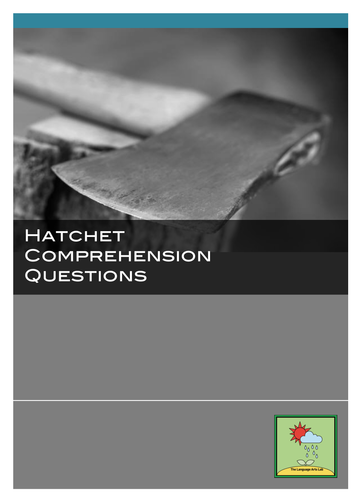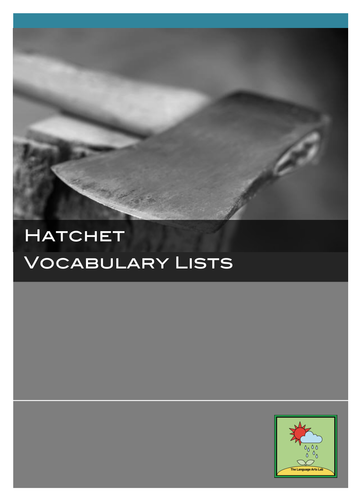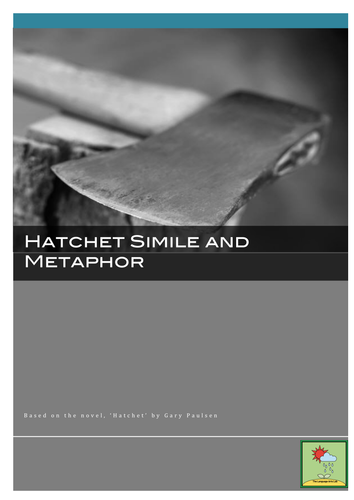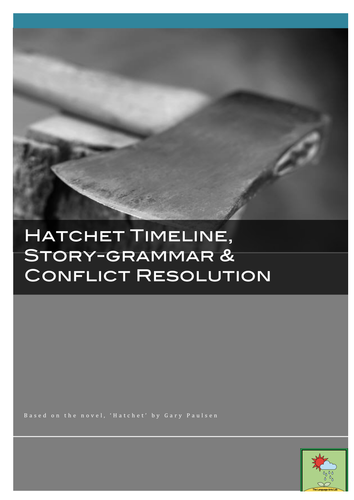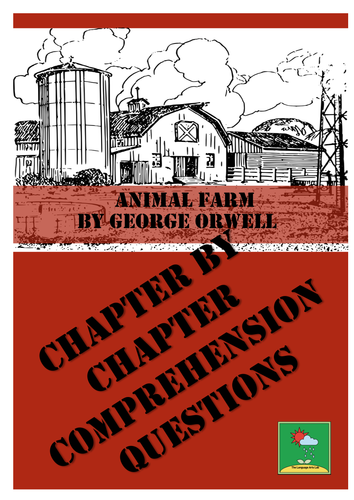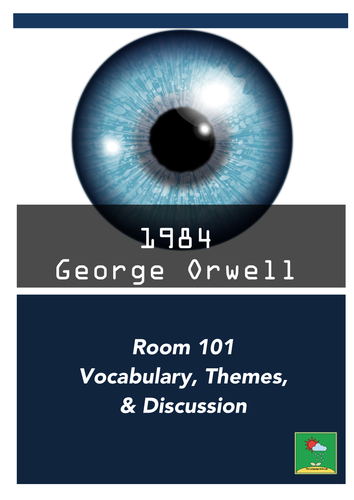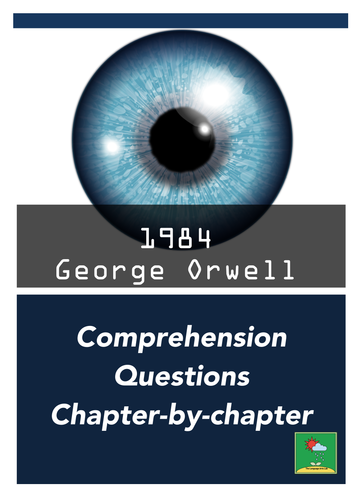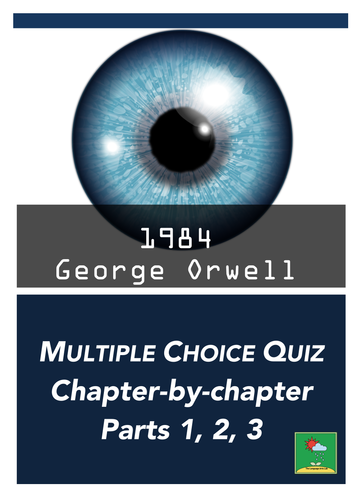LanguageArtsLab's Shop
International educator with over 15 years experience. I love the nuts and bolts of language teaching, but I also like communicative activities and task based learning, including simulations. I hold a Master of Education with specializations in reading and behavior management, as well as graduate degrees in writing and education.


